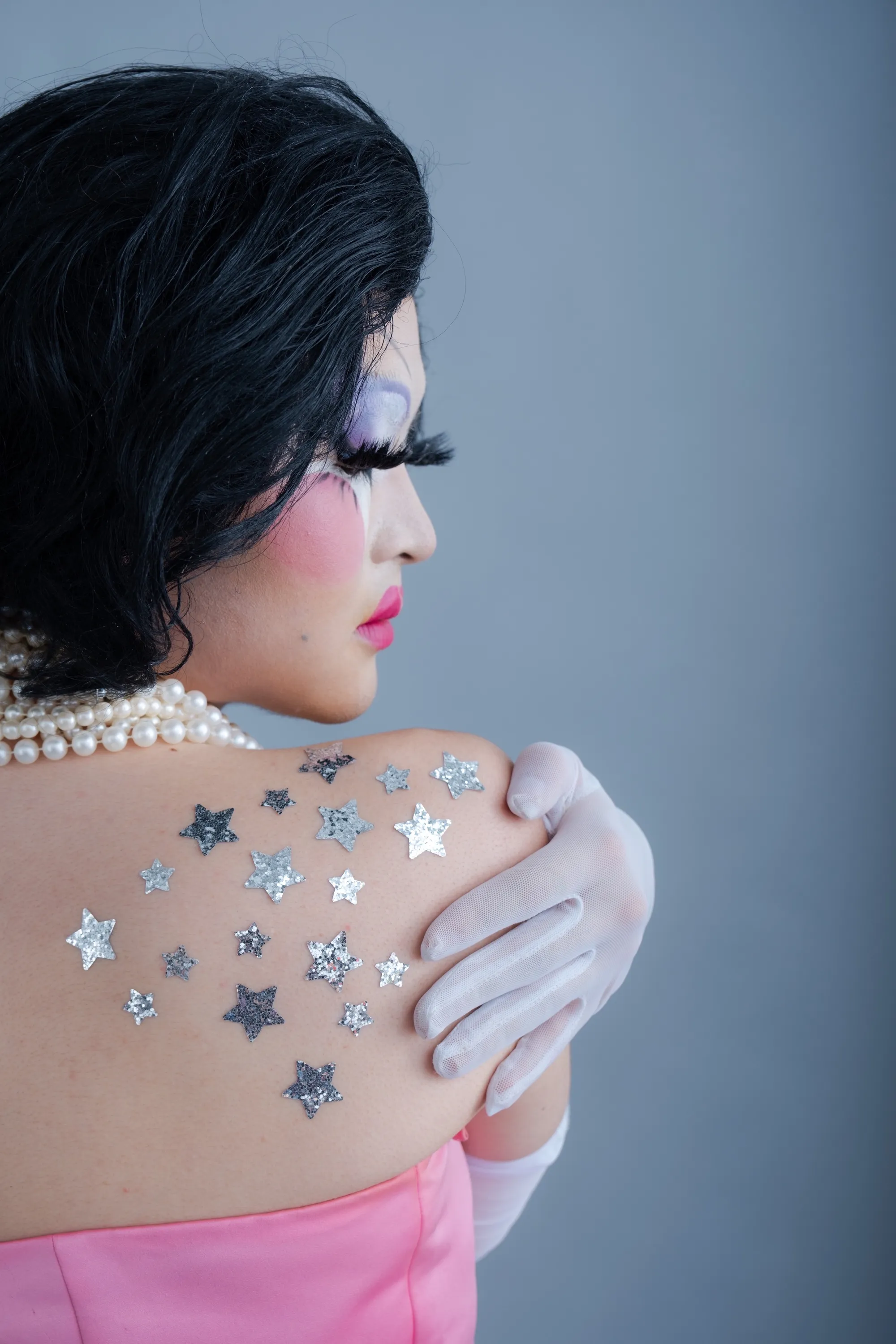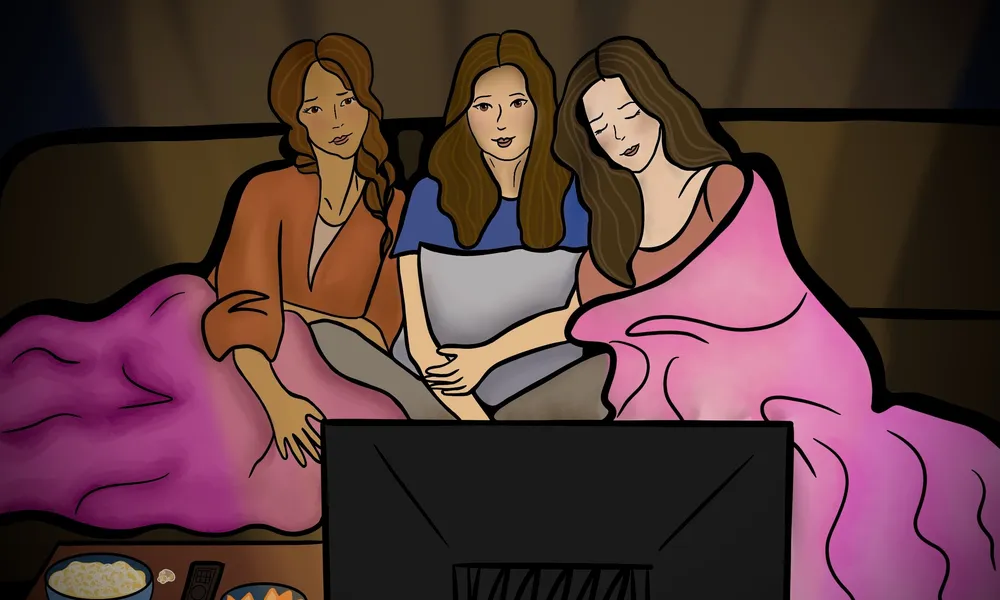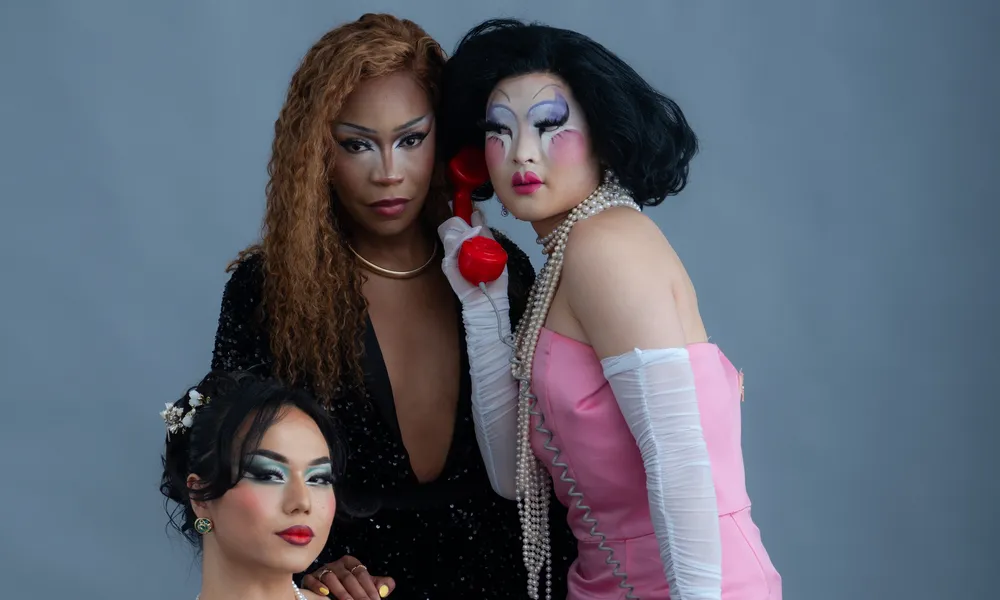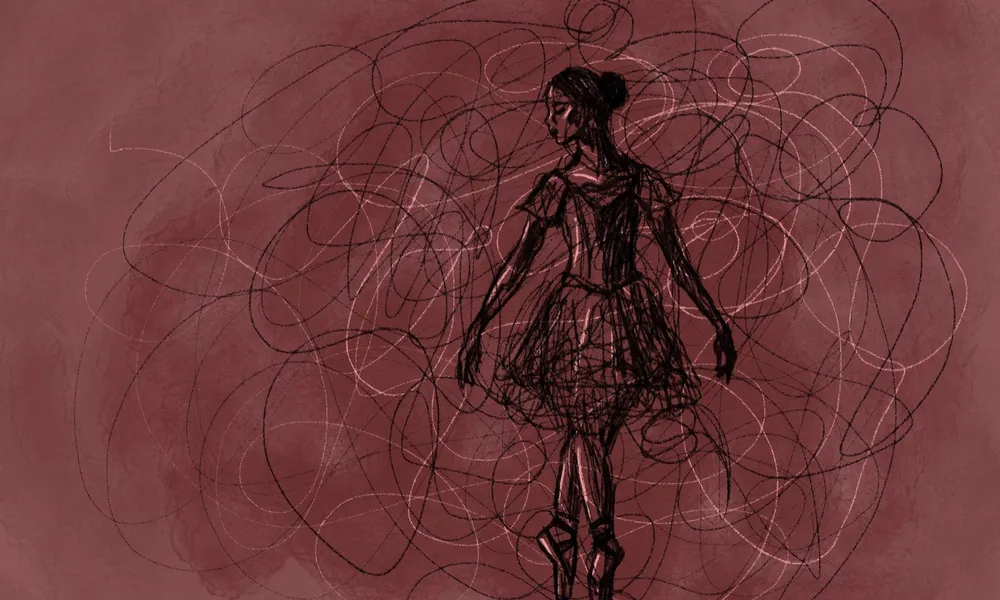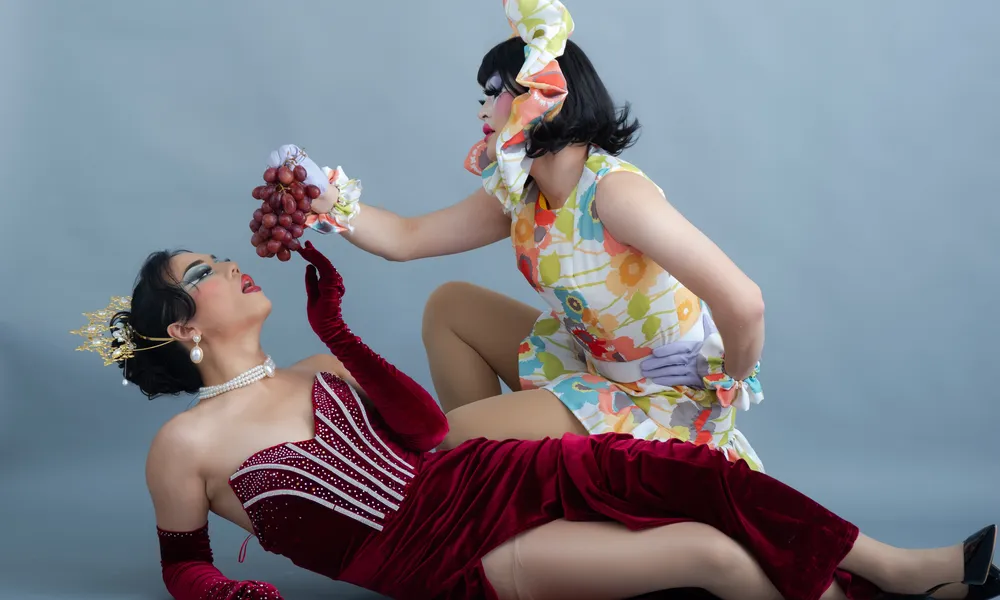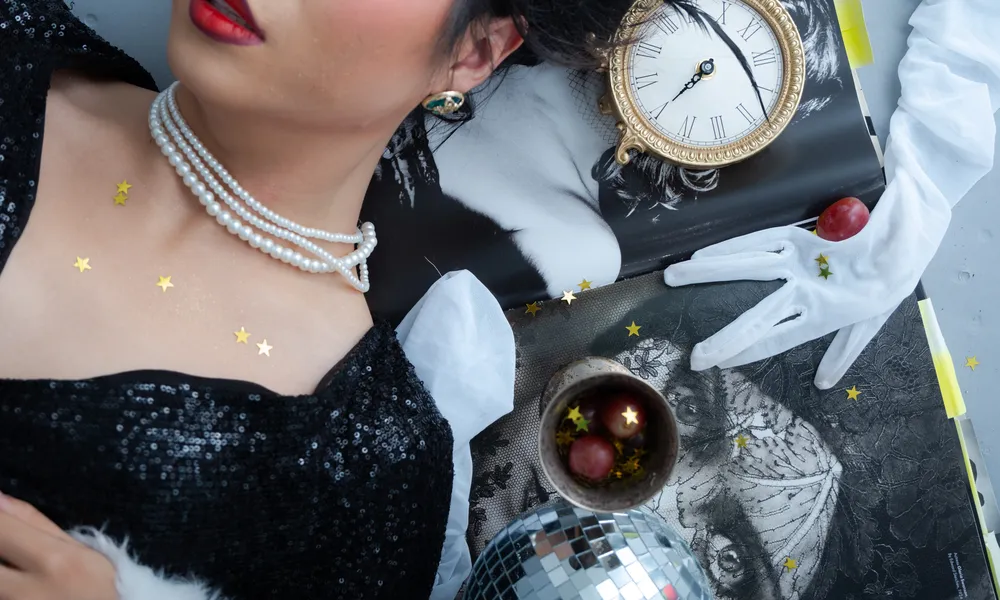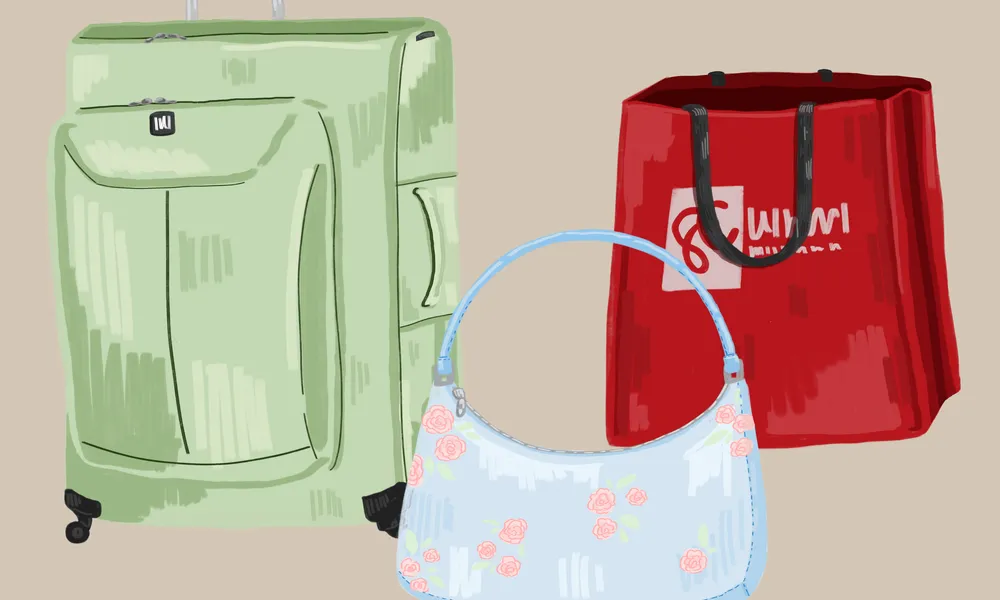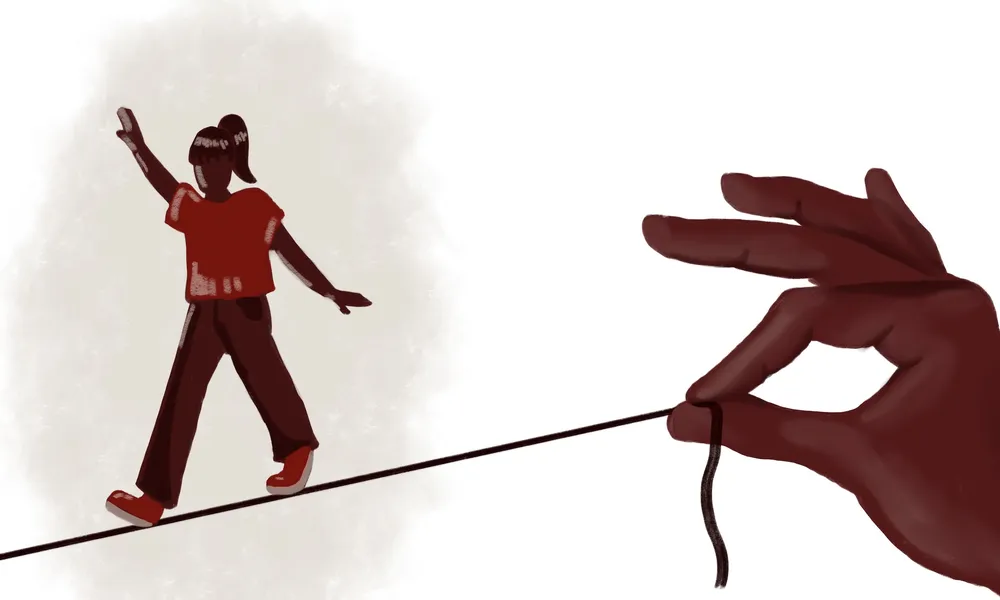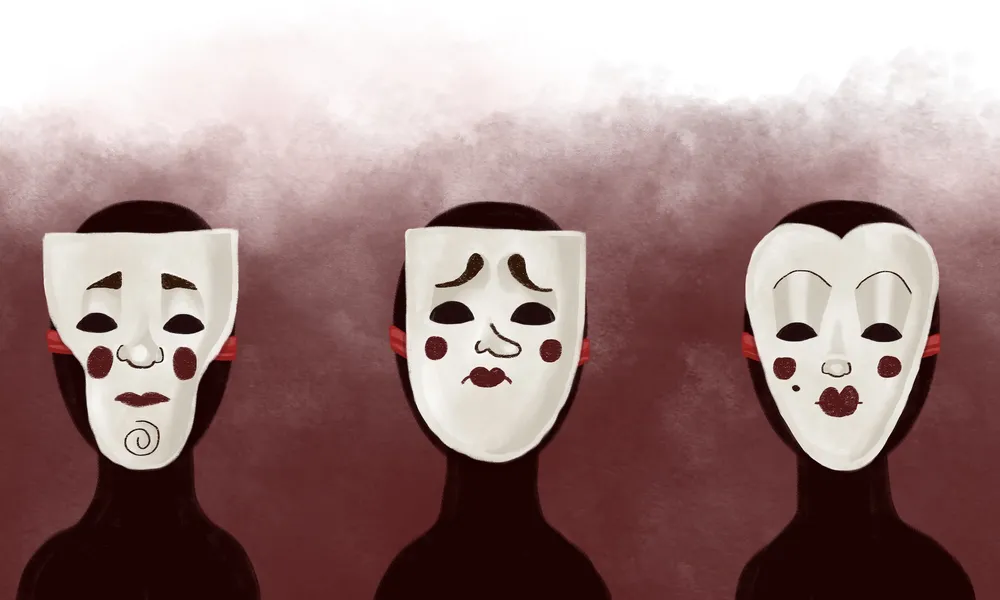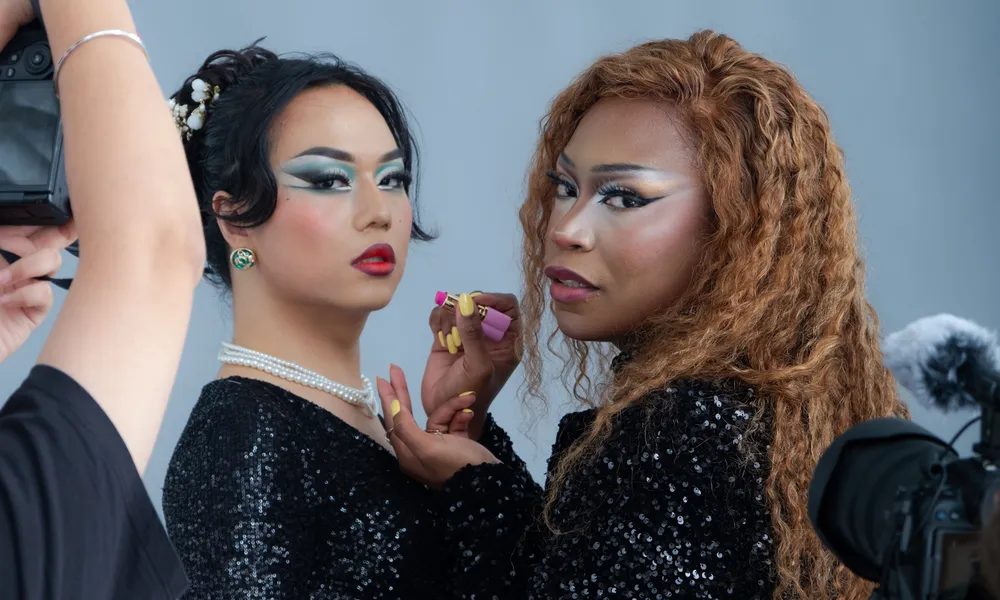I was nine when the world started to appear a lot blurrier than usual.
I couldn’t see the whiteboard from the back of the class or properly focus on the faces of my friends as they spoke in front of me. Life often looked like how the sun is perceived: a blurry image that seems defined and visible from where we are, while actually being far from what it actually looks like.
I hadn’t noticed. The gradual decline of my eyesight passed me by as I went about my days, talking to my friends and going to school with blurry vision thinking nothing was amiss. It was at an optometrist check-up when I first considered the possibility of glasses.
With enthusiasm, the optometrist told me my first pair of glasses would make all the blurry edges straight and defined. But what excited me most about them was that I could pick any type of glasses in any colour, and I chose pink.
Externally, I picked these glasses with a show of disgust. Pink was for girls, and I didn’t want to tarnish the tomboy reputation I held at school.
Internally, however, I chose pink to prove to myself that I deserved to be a girl.
I was born a girl but grew up around boys. My female cousins were too old — and too cool — for me. I was awkward and made stupid references about Power Rangers and played video games — traits I picked up from the male cousins who were my age and whom I spent most of my childhood with.
I had plenty of female friends who all seemed similar to me, making stupid jokes and playing the occasional game, except for the fact that they seemed more girly than I did. They didn’t wear hoodies all the time, have a masculine gait when they walked or make obscure references to shows aimed at boys. It bothered me that I felt so different, motivating me to show everyone and myself that I wasn’t different by intentionally picking pink.
From a young age, femininity was a highly structured exploration of self. As we grew up, the category became defined based on what constituted being girly: letting your hair down, wearing makeup, being more aware of how you presented yourself in the clothes you wore. Most of that was uncomfortable and sometimes unachievable for me. But the pressures I felt from home — the ones that expected me to adhere to the female cultural norms defining who I would be — forced these out of me.
It wasn’t that I felt more masculine than I did feminine. It was that I was both, simultaneously, and I didn’t know how to walk that line. I was so comfortable with my masculinity, yet still pushed it away from me. For seven years after I chose my pink glasses, I still actively repressed my femininity.
It was an act of rebellion; a show that I wouldn’t conform, and a cry for help to be given the space I needed to properly explore who I was. I didn’t want to wear makeup or dresses, but that also meant I couldn’t embrace the parts of femininity that I liked, like wearing skirts and styling my hair. I began restricting and resenting those expressions of myself.
Sometimes, I wanted to be able to go to parties wearing jeans and a flannel like my male cousins instead of wearing Indian suits with uncomfortable dress shoes like I was expected to. But that didn’t mean that other times I didn’t enjoy wearing suits and uncomfy shoes. Sometimes I wanted to feel pretty, other times I wanted to feel handsome; I was betraying both sides by not picking one.
Over the years, I went through a couple pairs of glasses as my eyesight worsened. The pink glasses were my only pair in a fun colour, and the rest of them were black. It felt more neutral and prolonged the inevitable choice I would have to make.
Eventually I’d get contact lenses. The process of putting them in for the first time took forever. For 15 minutes, I stood in front of my bathroom mirror, blurry-eyed and struggling. It was when I took a break from failing that I looked around.
For the first time since I had gotten my glasses, I took a proper look at the world the way I was biologically structured to see it. Sure, the glasses made things clearer and it was the way I was supposed to see the world: clear, defined and straight. But my body rejected the clear, defined and straight for the blurry. I couldn’t see edges of walls or features on people’s faces as they melded with its surroundings — but that didn’t mean they didn’t exist.
Gender expression isn’t something to be categorized or defined. It’s fluid and malleable. If I simultaneously felt feminine and masculine, then I could be that. There was no need for me to choose because both would exist within me regardless.
As I got more comfortable putting contacts in, I also began to embrace skirts and styling my hair as much as I would wear hoodies and flannel jackets. I found a compromise to wear a female version of male Indian attire at parties so I could feel both pretty and handsome. I could exist by accepting their coexistence, residing at their intersection.
Accepting my femininity came after the pressures of conformity, choice and not letting myself break defined categories that never really existed in the first place. Placing myself on a spectrum instead of inside a box allowed me to embody everything I felt was right to me, whether it be lip gloss instead of a full face of makeup, or skirts and not dresses.
Gender expression doesn’t define me because I define it, and I choose to make it blurry.
Share this article
